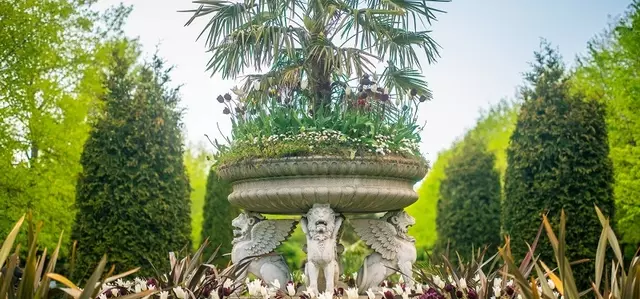
Welcome to The Regent's Park & Primrose Hill
Slow down and smell the roses. Or work up a sweat. Grab a slice of culture or a slice of cake. Watch the birds or take in that famous view from Primrose Hill. There’s something here for everyone.
Key information
If you’re after horticultural excellence, head for Queen Mary’s Gardens. In the summer, when the heady scent of 12,000 jewel-like roses fills the air, you’ll understand why poet Sylvia Plath described it as a ‘wonderland’. Next, visit Avenue Gardens for vibrant floral displays that wrap around historic fountains and ornate planters.
Did you know that the park boasts London’s largest outdoor sports area? At The Hub you can hire pitches for a wide range of sports – from football and rugby to cricket and lacrosse. Maybe you’d rather get out on the water? Head over to the lake, where you can hire a boat.
Over 120 species of bird can be seen at The Regent’s Park each year. And it’s not just birds – the park is even home to London’s only breeding population of hedgehogs. With 5,000 varieties of tree, areas of wild meadow and precious historic grasslands, wildlife thrives here. See what you can spot!
And, of course, there’s that famous view. Hike up to the top of Primrose Hill to enjoy show-stopping views over the city of London. For generations, this vista has inspired artists and poets – what will it spark for you?